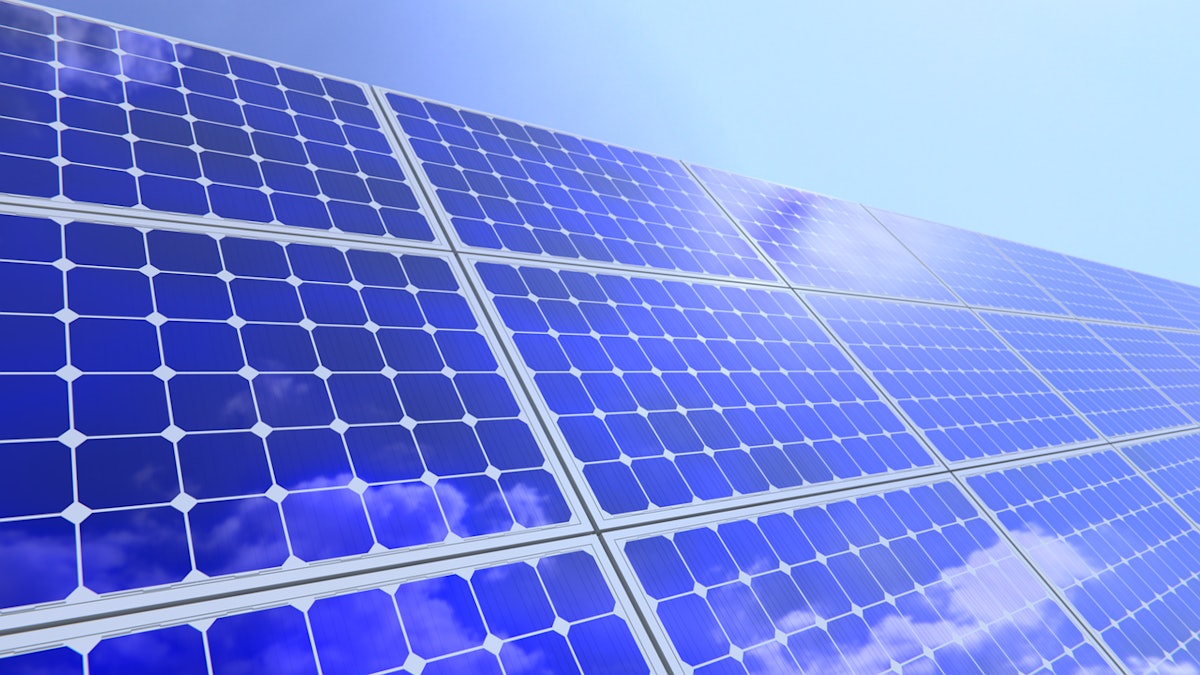Over half of BRF’s birds now produced using clean energy
September 25, 2024

Brazil’s BRF has revealed that solar voltaic energy is now used for 57% of the birds that it produces. Given that the company is one of the world’s largest poultry producers, it is perhaps, little surprise that its adoption of solar energy has resulted in enough electricity being generated to supply a town of 200,000 inhabitants.
Multiple support
BRF currently has 9,500 integrated farmers in Brazil and Turkey. Within its home territory, these producers are spread across seven states and supply 24 chicken, turkey and swine processing plants.
To encourage its producers to adopt solar energy, BRF has worked with financial services company Banco do Brasil to offer R$200 million (US$36.6 million) in facilitated finance at reduced interest rates. It is also offering commercial, legal and technical support.
In addition, BRF offers producers a list of approved suppliers that can offer everything needed to convert to solar energy production.
BRF notes that while a farm may have spent R$12,000 on energy per month prior to adopting solar energy, once solar energy is being generated expenditure typically falls to R$400.
Broader scope
The increase in adoption of renewable energy is part of what BRF terms its climate change and sustainability platform.
To mitigate its impact on the environment, the company is implementing a plan to reduce its Greenhouse Gas Protocol Scope 1, 2 and 3 emissions, ie direct and indirect emissions, to help contribute to efforts against global warming.
In addition to using sustainable energy, the company highlights that it is also working on other fronts. It has committed to purchasing sustainable grains, and already has 100% traceability for grains from direct suppliers from the Amazon and the Cerrado and has reached 90% traceability for indirect purchases.
The company is also looking to increase operational efficiency, through, for example, the adoption of new technologies and treatments for effluent and residues.
For its last reporting period, BRF notes that emissions under Scope 1 and 2 declined by 21% compared to its 2019 baseline, largely due to the adoption of solar energy.
Search
RECENT PRESS RELEASES
Related Post




